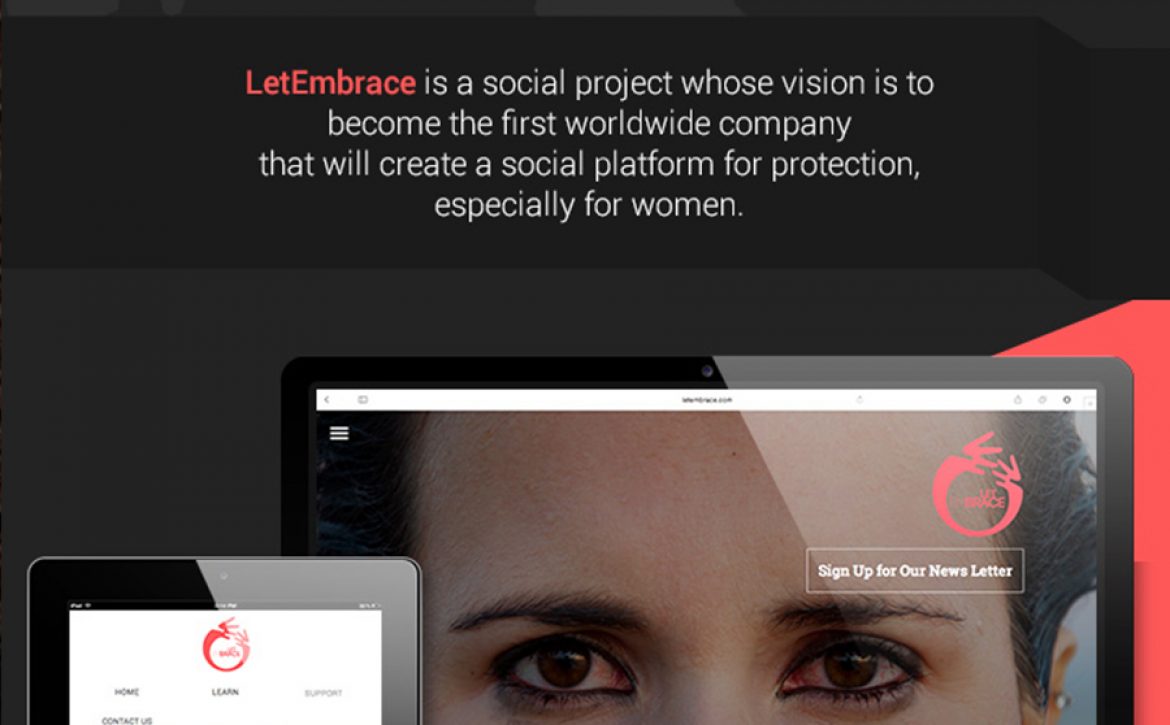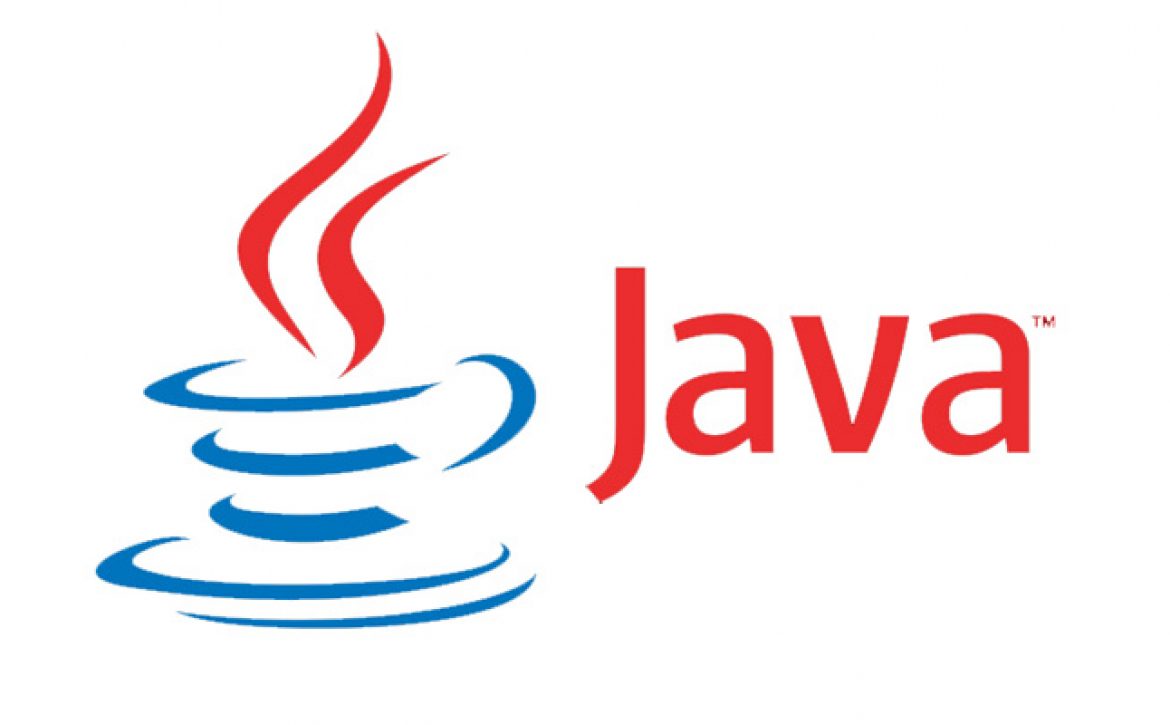Top 5 education apps for Higher Education sector
Higher education covers an exciting and interesting time in the lives of student- a time full of revelations and intricate learning which lets them excel in their domains of choice. Like other education sectors, the teaching and learning methods of the modern higher education sector have also been duly influenced by new technological innovations and development. Computers and smart devices now enable higher education students and teachers to make use of a whole new set of tools to enhance and enliven the learning experience.
Apps designed especially for use in the education sector have livened things up, and their appropriate use in the higher education sector can significantly improve the rate, quality and longevity of knowledge absorption. Here are a few of the most important education apps meant for use in the higher education sector –
- Google Apps for Education – Internet behemoths Google have tailored a suite of web and mobile applications meant for use in the education sector and christened it Google Apps for Education. In essence, this is a collection of Google apps which are tuned for collaborative use. It provides teachers with a means to share and grade assignments on a group basis using the popular Google Docs platform. Accessing daily routines and schedule management can be accomplished via the Google Calendar. Google Story Builder focuses on the writing and expression abilities of student. These well-fashioned tools, accompanied with other important apps, make this a must-use in the higher education sector.
- TED – This fascinating app can be a major source of education inspiration for those pursuing higher education. The app combines a large volume of intriguing and thought-provoking lectures, seminars and talks by people who are recognized as world leaders in the field of education, innovation and mastery of their subjects of choice. The entire database is available for users and can be viewed on multiple devices, with subtitle support covering more than 90 languages around the world.
- Duolingo – Learning a new language is often a key activity in higher education. With Duolingo, learning a new language becomes easy and intuitive. The app engrosses students with a fun and interesting learning process that involves challenges, real-world scenarios and exciting tests. The multiple exercise types and detailed pronunciation guides keep things interesting, and students have the option of grading their progress on a daily basis.
- iTeacherBook – This user-friendly application is a detailed schedule management system for college and university teachers and students. With the clean and navigable interface, teachers can set up multiple classes, post their class schedules online and instantly share it with their students. Course management, lecture management and attendance management are also integrated into the program. Teachers also have the option to set up assignments and manage student grades.
- Evernote – This immensely popular note-taking app is a hot favorite among students. It gives them the option to jot down their ideas and keep a record of important information for later use. Used creatively, this can be a fun platform for thought-mapping and help students with their assignments, theses and dissertations.
Do write in your comments if you have been using any of these apps, to share your feedback of its effectiveness in your learning or teaching endeavors.




















